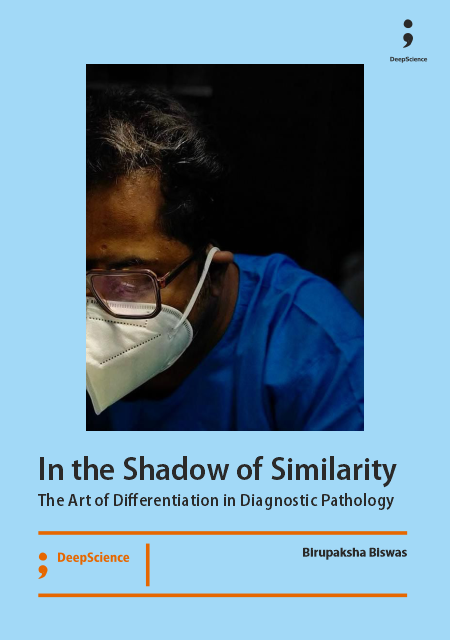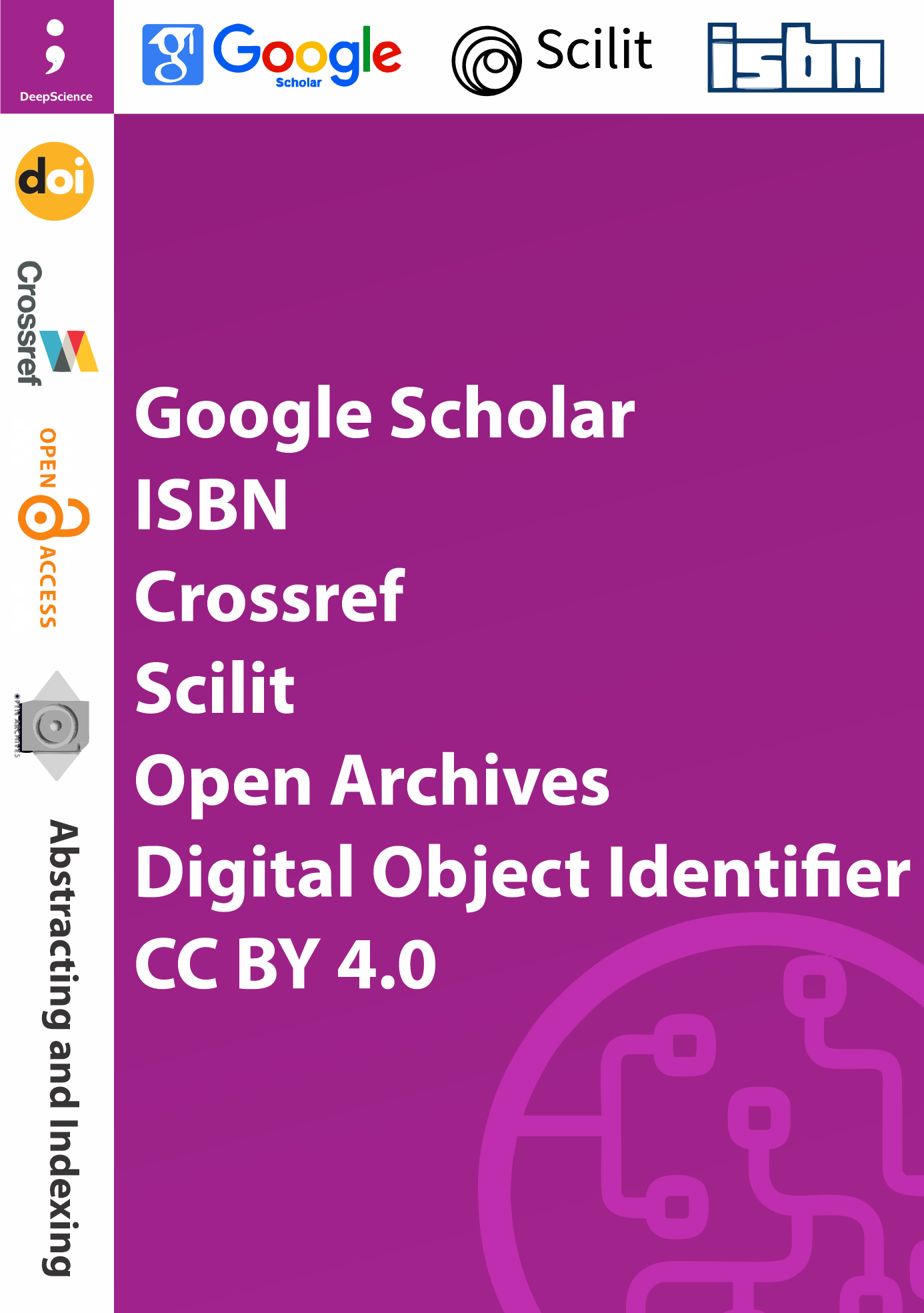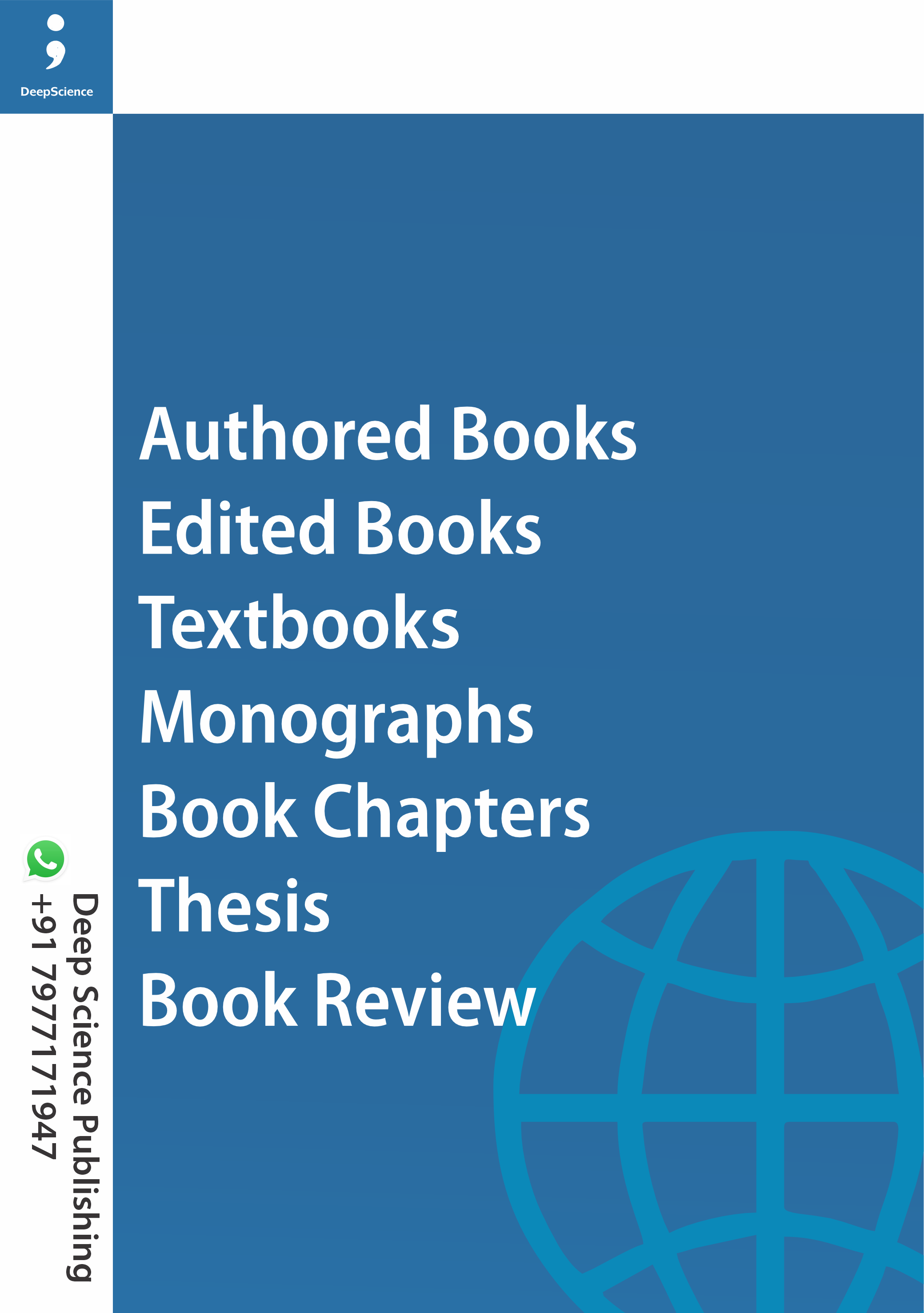In the Shadow of Similarity: The Art of Differentiation in Diagnostic Pathology
Keywords:
Diagnostic Pathology, Differential Diagnosis, Histopathology, Diagnostic Uncertainty, Medicine, Cognitive Bias, Artificial IntelligenceSynopsis
It must start as a on act of wonder, every book. This one was not born of certainty but of curiosity as to why some fabrics fool the brain, why certain pathways shout verity and others scream falsehood. In the Shadow of Similarity is born of insomnia at the interface of known and unknown, where the slide under the microscope becomes a lesson and a reflection.
Many times, as a pathologist, I have discovered that the false security of recognition provides more of a hindrance to understanding rather than the lack of knowledge itself. The familiarity of something often breeds confidence. And if confidence goes unchecked it turns into an illusion. This is why I wanted to explore the narrow boundary between morphological identification (the study of form) and meaning and the process of observation becoming a thoughtful exercise in discernment.
Each and every page that follows is a result of my history of learning far more from the numerous experiences of pseudo-failure that I've had than I would have learned from any single experience of success. Because in those times of pause (where we look at a slide with absolutely no clue what it's telling us), is where real empathy begins to occur. After all pathology is not just a science of diseases but also a science of the way we perceive things, our humility and the quiet morality of simply being able to see.
If this reflection inspires a reader to take a moment before jumping to conclusions, question their assumptions regarding what they are familiar with and view tissues as stories and not structures, then this book will have accomplished its purpose.
References
Kumar V, Abbas AK, Aster JC. Robbins and Cotran Pathologic Basis of Disease. 11th ed. Philadelphia: Elsevier; 2024.
Rosai J. Rosai and Ackerman’s Surgical Pathology. 11th ed. Elsevier; 2018.
Weinreb I. The art and science of histopathologic interpretation: a narrative reflection. Mod Pathol. 2020;33(3):451–459.
Damasio A. The Feeling of What Happens: Body and Emotion in the Making of Consciousness. New York: Harcourt; 1999.
Kassan DG. Histopathology and the metaphor of space: reflections on emptiness and form. Hum Pathol. 2017;64:24–30.
Bancroft JD, Gamble M. Theory and Practice of Histological Techniques. 8th ed. Elsevier; 2019.
Shi SR, Taylor CR. Antigen retrieval and epitope exposure in immunohistochemistry: history and theory. J Histochem Cytochem. 2017;65(1):5–23.
Ramos-Vara JA. Technical aspects of immunohistochemistry. Vet Pathol. 2011;48(1):42–87.
Cotran RS. Morphology as metaphor: reflections on disease as disorder. Am J Pathol. 1998;153(5):1313–1320.
Chugh S, et al. Necrosis, regeneration and the symbolic language of tissue: a modern reinterpretation. Histopathology. 2021;78(2):215–225.
Wright JR. The evolving role of the pathologist as philosopher of disease. Histopathology. 2022;80(6):831–841.
Laín Entralgo P. The Healing Relationship: Doctor, Patient and Society. New York: Elsevier; 1969.
Hanahan D, Weinberg RA. Hallmarks of cancer: the next generation. Cell. 2011;144(5):646–674.













